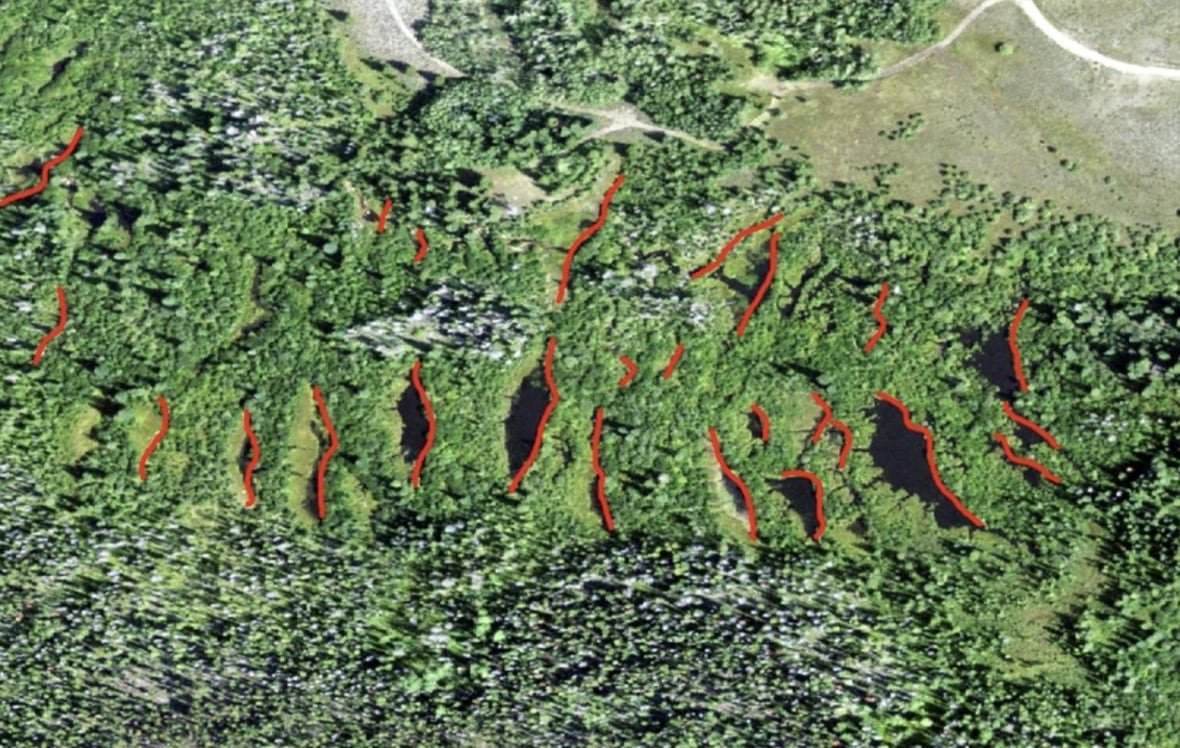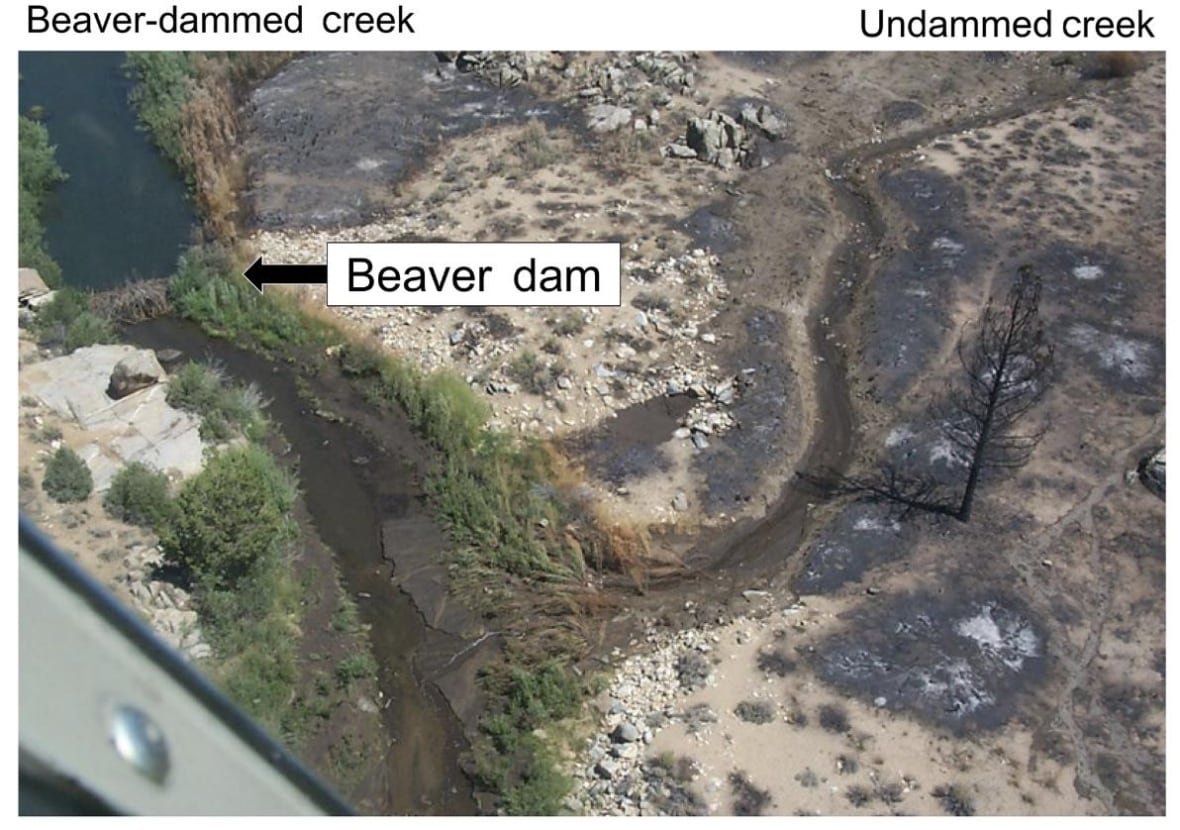For Canadians, the beaver holds more significance than just being a buck-toothed rodent — it serves as a national symbol, depicted on nickels and closely intertwined with the country’s history. A recent study conducted in the U.S. suggests that this iconic animal can enhance the resilience of arid Western landscapes by mitigating drought, regulating floods, and protecting areas from wildfires through the construction of dams.
The research, detailed in a study by scholars from Stanford University and the University of Minnesota published in Nature, examined over 1,500 beaver ponds along 40 streams in the western United States. The study revealed that the size of these ponds was not arbitrary but adhered to specific rules based on dam length, stream power, and surrounding vegetation.
These findings contribute to a growing body of evidence suggesting that beavers could function as ecosystem engineers, reshaping water systems to benefit not only their own survival but also the broader landscape. By impeding stream flow, creating water pools on flood plains, their dams establish verdant habitats capable of enduring long after wildfires or droughts have passed through.
As the impacts of climate change lead to extended drought periods, intensified floods, and more severe wildfire seasons, researchers and land managers are seeking cost-effective, natural strategies to bolster resilience. The study proposes that the Canadian icon could offer a solution, particularly in scenarios where human interventions fall short.
Aerial View Highlights Beaver’s Impact
To showcase the comprehensive impact of beaver activities, the researchers utilized aerial and satellite imagery to illustrate how clusters of dams operating in unison transform landscapes.
“Aerial imagery provides a distinct perspective,” remarked Emily Fairfax, an assistant professor of geography at the University of Minnesota and a key figure in the study, during an interview with CBC News.

While traversing beaver wetlands on foot may require an entire day, aerial images can reveal a landscape ten times larger within minutes, Fairfax explained.
The study mapped over a thousand beaver ponds in Colorado, Wyoming, Montana, and Oregon, utilizing aerial imagery and water-detection algorithms. The interconnected ponds were categorized into “complexes” and scrutinized to determine the environmental factors influencing the size of ponds and dams.
The researchers identified that climate, soil composition, and land formations significantly influenced the outcomes, with larger dams consistently resulting in more expansive wetlands. For instance, ponds in the northwestern mountains tended to be smaller compared to those in the Great Plains, potentially due to variations in valley width and water flow. This exploration sheds light on the conditions facilitating beavers’ success and the potential size of their habitats.
Beaver Complexes as Fire Resilient Zones
Beaver complexes introduce wetter, greener patches across landscapes. Fairfax likened this effect to introducing fire-resistant “speed bumps” in the terrain, offering wildlife shelter and enabling ecosystems to recover swiftly.
In a 2020 study, researchers highlighted a stark instance of this phenomenon during the 2000 Manter Fire in California, where vegetation near a beaver pond remained green while surrounding areas burned.



